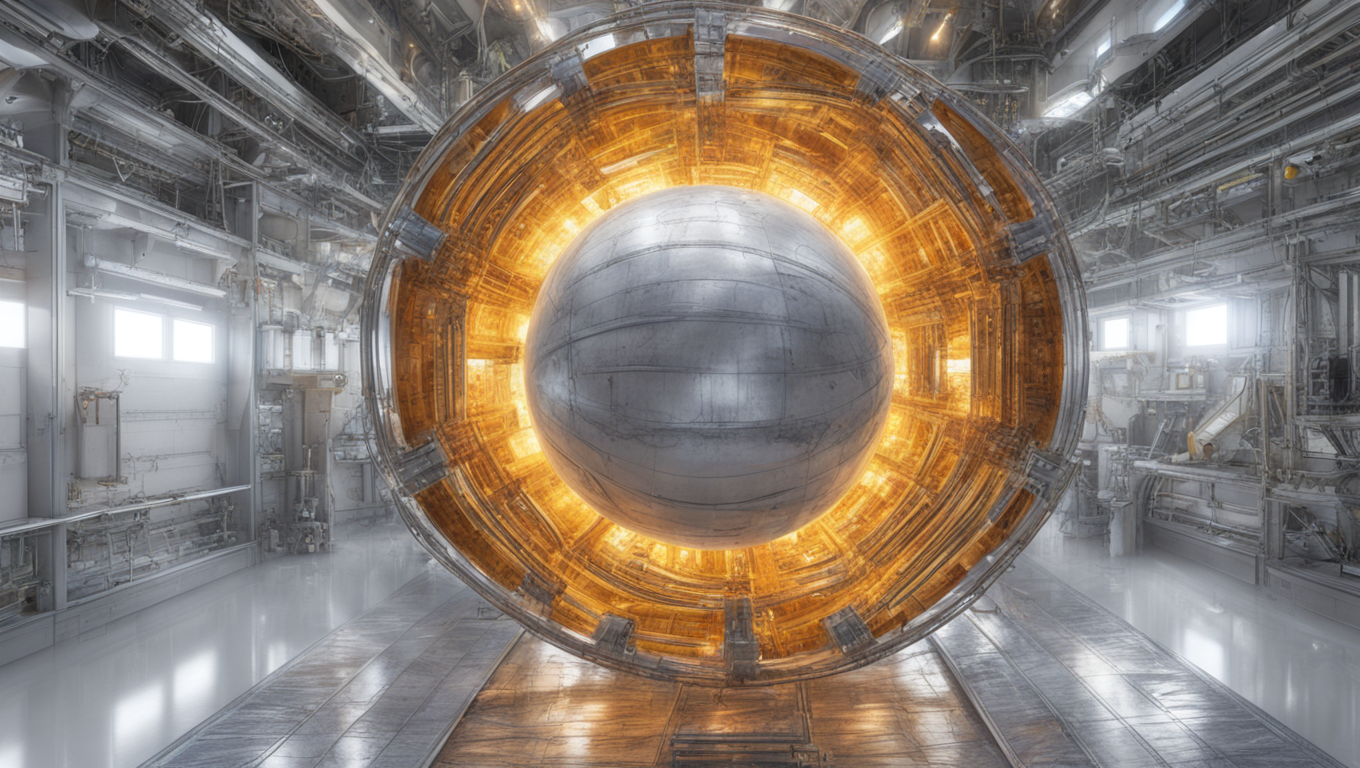In a groundbreaking development for clean energy, scientists at Princeton University have successfully used artificial intelligence (AI) to predict and prevent plasma instabilities in the process of nuclear fusion. Nuclear fusion is often referred to as the “holy grail” of clean energy due to its ability to generate enormous amounts of energy without the need for fossil fuels or the production of hazardous waste. However, harnessing nuclear fusion energy has proven to be a complex and challenging task.
In 2022, a team from the Lawrence Livermore National Laboratory achieved a significant milestone by achieving the first ever net energy gain with nuclear fusion. This means that they were able to produce more energy than was input into the reaction, although the amount was relatively small, equivalent to boiling a kettle. This accomplishment paved the way for further advancements in the field.
Now, the team at Princeton University has made a remarkable breakthrough by using an AI model to accurately predict and prevent instabilities in the plasma during fusion reactions. The AI is capable of recognizing these instabilities 300 milliseconds before they occur, providing enough time to make necessary adjustments to maintain control of the plasma. This newfound understanding could potentially lead to the widespread adoption of nuclear fusion as a clean energy source.
Research leader Egemen Kolemen, a physicist at Princeton Plasma Physics Laboratory, explains the significance of this achievement: “By learning from past experiments, rather than incorporating information from physics-based models, the AI could develop a final control policy that supported a stable, high-powered plasma regime in real time, at a real reactor.” The AI’s ability to predict instabilities in advance allows for better control of reactions, making the process more efficient and ensuring the plasma remains stable.
SanKyeun Kim, a co-author of the study, emphasizes the practical implications of this breakthrough: “Being able to predict instabilities ahead of time can make it easier to run these reactions than current approaches, which are more passive. We no longer have to wait for the instabilities to occur and then take quick corrective action before the plasma becomes disrupted.”
The team’s research, titled ‘Avoiding fusion plasma tearing instability with deep reinforcement learning,’ was published in the scientific journal Nature. The study showcases the power of AI in overcoming the challenges associated with nuclear fusion and demonstrates the potential for grid-scale adoption of this clean energy source.
With each milestone in the field of nuclear fusion, we come one step closer to unlocking the full potential of clean and sustainable energy. AI is proving to be a valuable tool in overcoming the complexities of this process, providing scientists with the ability to predict and prevent instabilities that could hinder the efficiency and stability of fusion reactions. As we continue to push the boundaries of scientific knowledge, the dream of clean, limitless energy becomes closer to reality.





Use the share button below if you liked it.